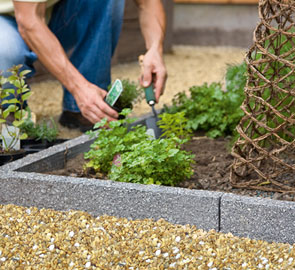
Many contaminants that can be found in drinking water, including metals, organic compounds, and microbes. In addition, there are often environmental contaminants present, such as pesticides, chlorine, lead, mercury, organic chemicals, and pharmaceuticals. Common drinking water contaminants include lead, mercury, and chloroform. Water quality solutions will affect the specific contaminants that are present, the levels of each, and whether the water is safe to drink. For example, non-potable contaminants may be removed through activated carbon filtration, ion exchange, or submicron filtration.
In the United States, EPA has an established set of water quality indicator guidelines that address water quality. These guidelines are based on standards used by the Environmental Protection Agency (EPA), and also incorporate data from monitoring stations, scientists, and communities. The standards used by EPA, and the guidelines are based on a set of standards known as the Safe Drinking Water Rule, and the Water Funding Efficiency Rule. The Water Funding Efficiency Rule requires large municipal water systems and agencies, and non-municipal suppliers, to reduce drinking water expenditure by 20% compared to 2013 levels. In addition, systems are required to meet a “treatment and storage cost” ratio of 75:1 or greater. In other words, if you drink from a city water system, your water will cost 75% more to treat and store. These rules and guidelines do not apply to systems that are used by agriculture, or to systems that are used by industrial users.
So while the rules and guidelines that govern drinking water quality, particularly as it relates to bacteria, are set by EPA, there are no set standards for bacterial count in the water supplied to your home. Water quality solutions may benefit any number of contaminants including arsenic, fluoride, chlorine, lead, and prescription drugs. This is a fact. In a world where antibiotics are now developed with bacteria growth in mind, your choice about using a water filtration system can mean the difference between taking a pill or getting well water for your children.
We’re not all fortunate enough to be located in areas where the water is naturally crystal clear. In many cases, we’re limited to filtered water for drinking and bathing. However, we do have some choices about how that water is purified for use in other processes, including brewing and canning. There are some very cost effective options when it comes to using purified water in a brewing process. If you would like to get a good cup of coffee in the morning or get a gallon of water for your plants, you can get by with a water filtration system. These systems are easy to install, use, and maintain.
The bottom line is this: as long as we’re going to drink water, we want it to be filtered. We can’t afford to drink tap water from a lead laden container. If you’re building a home, or thinking of building a home, make sure that your home includes a system for filtering water.

